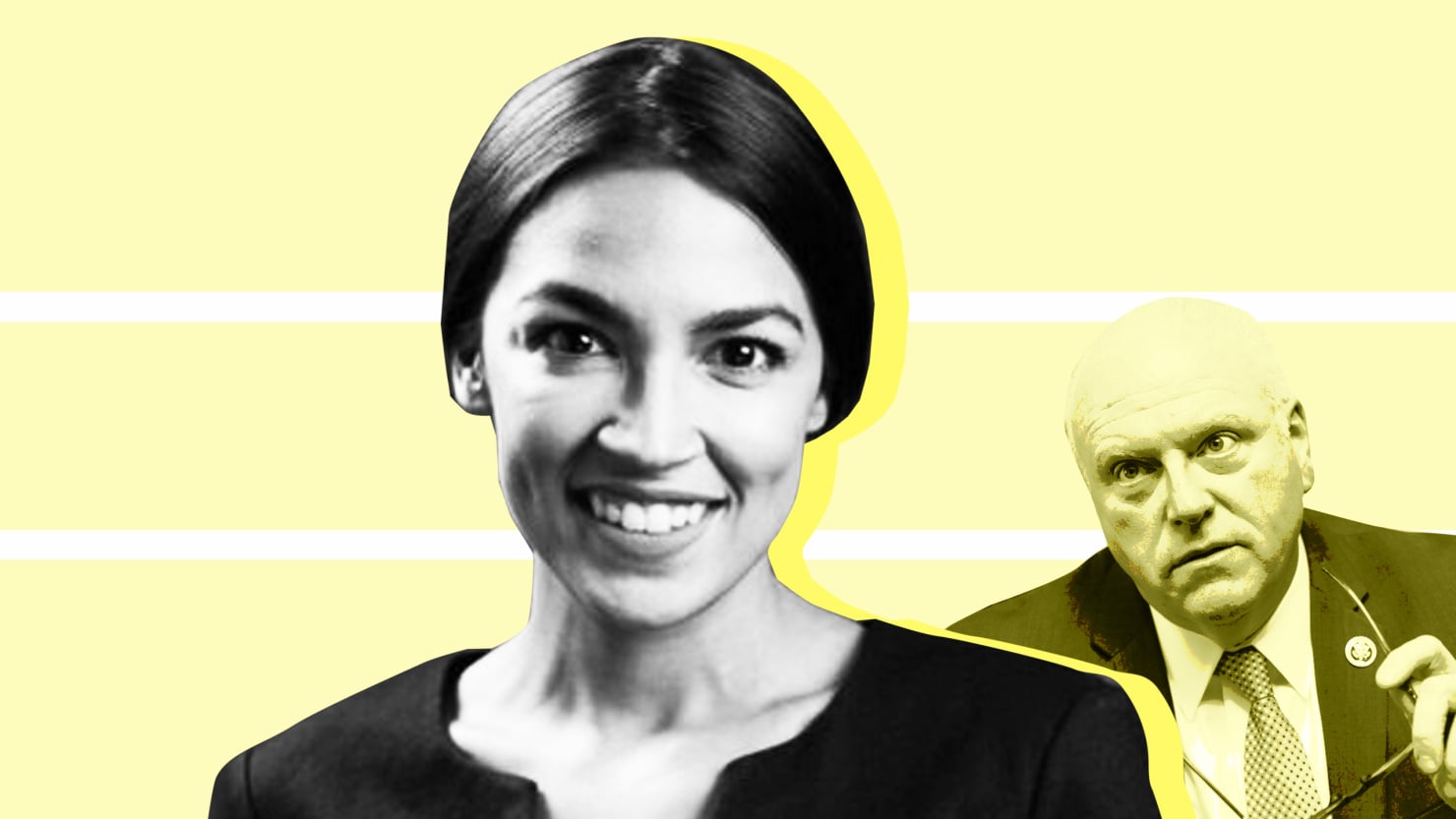In January 2023, OpenSecrets, an organization dedicated to tracking money in politics, published the startling claim that in the 2022 election cycle “business interests” spent $3.5 billion dollars. Business interests, they say, outspent labor interests this past election 14 to 1.
These claims are highly misleading; citizens, journalists, and academics should be wary before giving them any credence. Here’s where OpenSecrets’ analysis goes so wrong.
OpenSecrets classifies individual contributions as “business interest” spending when the individual donor is employed by a business. Federal law requires that when anyone gives over $200 to a federal campaign, PAC, or party, they publicly disclose the amount of the donation, their name, address, employer, and occupation. So, OpenSecrets looks at those mandatory disclosures and calls (nearly) anyone who lists their employer as any business a “business interest.”[1] Disclosure laws do not require you to list whether you belong to a union.
The vast majority of voting age Americans are, of course, employed by businesses, so OpenSecrets’ “business interests” total will always be inflated. OpenSecrets even admits that the amount of business spending will be overcounted and the amount of union interest spending will be undercounted. In fact, individual contributions account for nearly $2 billion of the $3.5 billion spent by so-called “business interests.”
Individual employees have, like all Americans, many reasons for making a political contribution and aren’t just representing their companies. Imagine Susie Smith, a cashier at Whole Foods, donates $250 to a politician’s campaign because of the candidate’s position on abortion. OpenSecrets counts Susie’s $250 as “business interest” spending towards the $3.5 billion number simply because she is employed by Whole Foods. This ignores the fact that Susie made the contribution for reasons completely unrelated to business interests. Susie could also contribute $250 to the campaign of Bernie Sanders, who wants to dramatically raise taxes on corporations. This donation would also be classified as “business interest” spending. No average American would look at Susie’s contributions and think they are coming from a “business interest.” However, by adding up so many individual contributions as “business interests” they mislead people about the true level of business interest spending.
If Susie has a brother, Sam, who is in a union and donates $500 to a political campaign, this likely would not be classified as “labor interest” spending because disclosure laws provide OpenSecrets (and the rest of the public) no way of knowing about Sam’s union membership. The lack of an apples to apples spending comparison between business interests and labor interests leads to an inaccurate reflection of business and labor spending. In fact, Susie’s brother could be in a union and also be employed by a business so his contribution would not be tallied as “union interest,” and would just be counted by OpenSecrets as a “business interest” contribution.
A better way to capture the influence of business interest to labor interest spending is to look at what Political Action Committees spend in the election. Political Action Committees are created to achieve political outcomes and more accurately represent the interests of those who contribute to these groups. OpenSecrets reports that Business PACs contributed $341.3 million in the 2022 election cycle and outspent Labor PACs by 5 to 1. That’s a ten-fold difference between the headline-grabbing $3.5 billion and the more accurate $341 million.
To put this number in perspective, $8.9 billion was spent in total on the 2022 federal elections, so Business PAC contributions make up about 0.4% of total federal election spending.
Imagine the difference in public reaction if OpenSecrets didn’t run their hyperbolic $3.5 billion business interest spending line and instead had the title “Business Political Action Committee Contributions Only Account for 0.4% of Total 2022 Federal Election Spending.”
It is crucial that people have an accurate understanding of political spending, and misrepresenting disclosure data can lead to skewed perspectives that can motivate bad policy decisions. There are two lessons here. First, you should always be wary of outlandish statistics because the way an organization arrives at that number can be deeply flawed. Second, despite claims that disclosure law are supposed to inform the public, the laws themselves often create opportunities that can misinform the public.
[1] OpenSecrets confirmed that they use employer to code “business interests.” They note that they don’t list all individual contributions as business interests, such as retirees – just those who list a business as their employer. They also note that, “under some circumstances we attribute individual contributions to the Ideological category even if they list a business as their employer. We do this when an individual donates to a PAC, that PAC donates to a candidate, and the individual also donates to that candidate.” The problem with this approach is self-evident. It undercounts any contribution from a donor that doesn’t also have the time and interest to donate to an ideologically motivated PAC and wrongly attributes one policy position to every individual contributor. In reality, individual donors are not “ideological donors” or “business donors.” They are individual donors and should be treated as such. Despite this exception, a massive amount of contributions from individuals are still coded as “business interests.”














